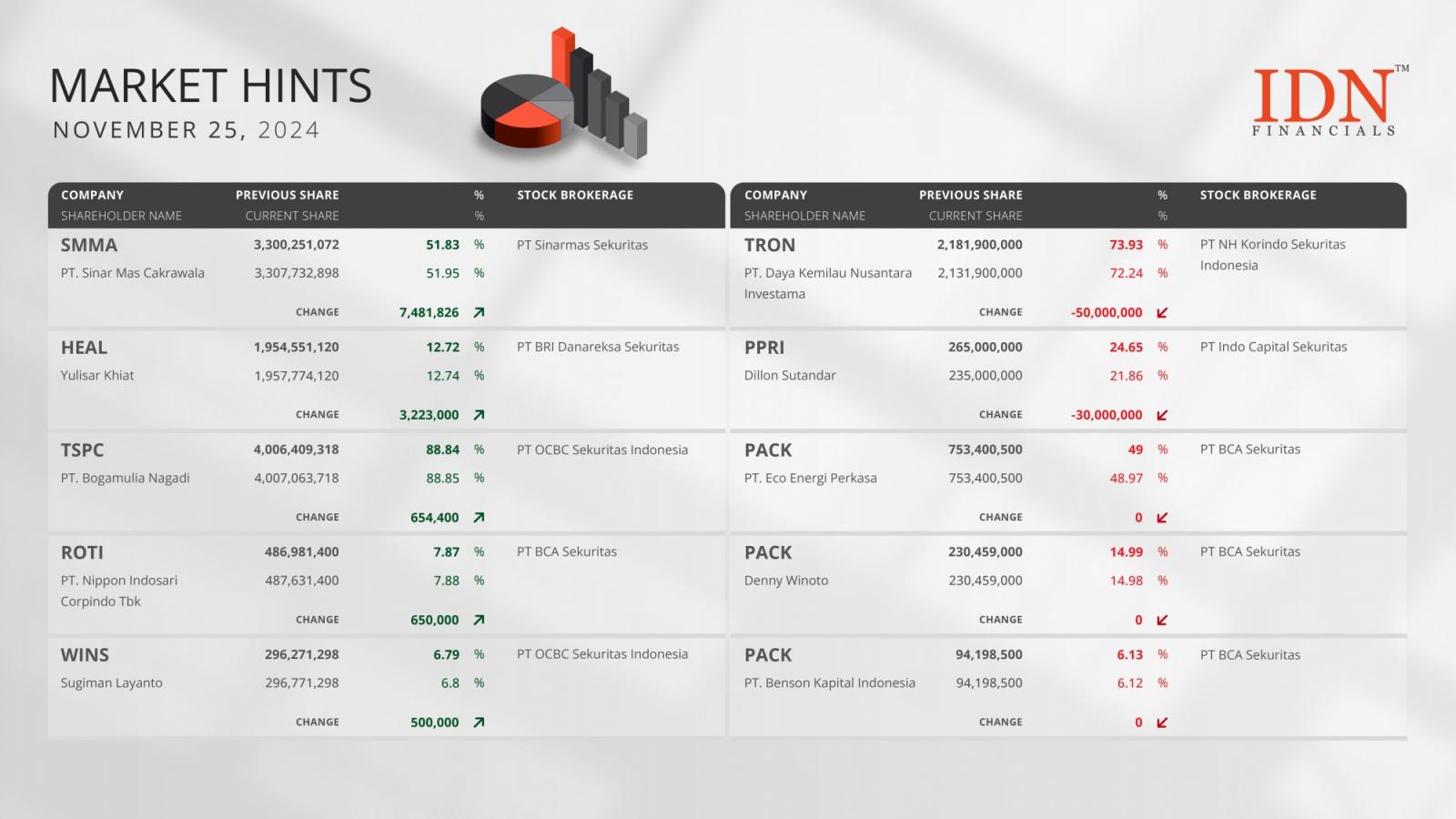While gaming remains an integral part of Web3, July saw its dominance slip to 26%, overtaken by the “other” category with a 28% share. This Other category predominantly comprises AI-based DApps, including notable platforms like DIN and Alaya AI.
Decentralized gaming applications leverage blockchain technology to offer a unique gaming experience. Unlike traditional games, where game assets are owned and controlled by game developers, gaming DApps provide players with actual ownership of their in-game assets.
These assets, such as characters, items, and currencies, are represented as non-fungible tokens (NFTs) on the blockchain. This forms an economy, using it’s native cryptocurrency, allowing players to trade, sell, or transfer them outside the game’s ecosystem.
DApp Industry Continues to Growth
Meanwhile, the DApp industry as a whole continues to see growing interest and adoption across various sectors.
The daily unique active wallets in the DApp sector surged to a record-breaking 15.9 million in July, a 78% increase from June.
AI DApps are revolutionizing the Web3 industry by offering innovative solutions that leverage AI. These solutions enhance user experiences and provide new functionalities.
These applications range from AI-driven financial tools to sophisticated prediction markets and autonomous agents interacting within the blockchain ecosystem.
The social sector has experienced notable growth and has become more prominent in recent months. It now accounts for 20% of the DApp industry and has 3.1 million unique active wallets daily.
Social DApps are playing an increasingly important role in the Web3 ecosystem. They provide decentralized social networking platforms that focus on user privacy and data ownership.
“As we continue our analysis of the DApp industry, it’s clear that the social and DeFi sectors have a strong hold on the market.”
Elsewhere, the DeFi segment saw the smallest increase in activity this month, with its dominance falling to 11%. Meanwhile, the NFT sector has surpassed DeFi, experiencing a 67% increase in activity and reaching 2.3 million daily unique active wallets.
The increase in daily active wallets across multiple sectors suggests rising engagement with decentralized applications.
This trend may be influenced by greater awareness of blockchain technology’s potential advantages, including improved security, transparency, and the capacity to function without intermediaries.





